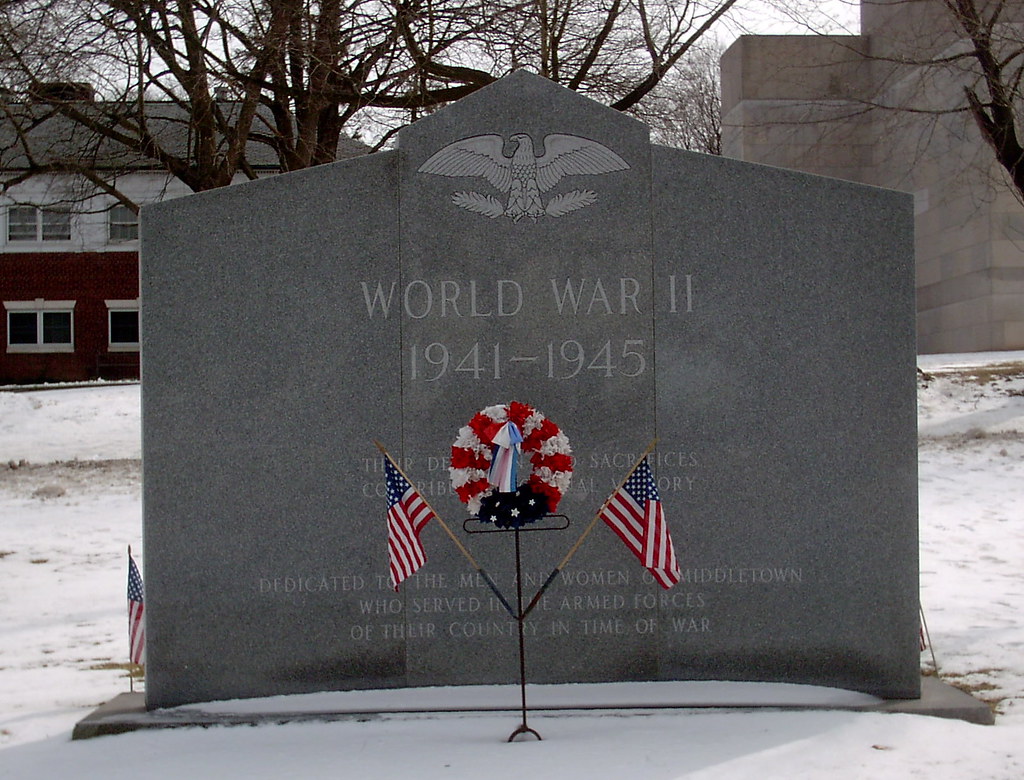Peggy Noonan and NYPD:
The Homegrown Jihadist Threat
We make it too easy for those who want to hate us to hate us. We make ourselves look bad in our media, which helps future jihadists think that they must, by hating us, be good. They hit their figurative garbage bin lids on the ground, and smirk, and promise to make a racket, and then more than a racket, a boom.In the above linked article columnist Peggy Noonan takes note of the New York Police Department's Intelligence Division report on the radicalization of Muslim youth and the growth of jihadism in our homeland. (The 90 page report titled "Radicalization in the West: The Homegrown threat" (PDF} can be found here ) Ms. Noonan comments on the report:
Peggy Noonan (Wall St Journal 8/17/07)
The report suggests an evolution in thinking. "We're very good at capturing these guys after a terror incident," John McLaughlin, former deputy CIA director, told me, "but in the past we haven't spent as much time at the front end--how do they get to be terrorists." He said terrorists "are changing their profile. . . . Al Qaeda knows what we're looking for. They're not dumb." The terrorists of our future will likely be more credentialed, and here legally; they will be "integrated into American life."Here is an excerpt from the NYPD report:Police Commissioner Ray Kelly told me, "I want a better understanding on the part of all law enforcement as to how radicalism takes place. This report connects the dots." It is also meant to heighten awareness. If the terror of the future is homegrown, local eyes will see it first. Cofer Black, former director of the CIA's Counterterrorism Center, told me that an important message of the report is similar to the signs on New York subways and in train stations: "If you see something, say something."
The NYPD’s understanding of the threat from Islamic-based terrorism to New York City
has evolved since September 11, 2001. While the threat from overseas remains,
terrorist attacks or thwarted plots against cities in Europe, Australia and Canada since
2001 fit a different paradigm. Rather than being directed from al-Qaeda abroad, these
plots have been conceptualized and planned by “unremarkable” local residents/citizens
who sought to attack their country of residence, utilizing al-Qaeda as their inspiration
and ideological reference point.
Some of these cases include:
• Madrid’s March 2004 attack
• Amsterdam’s Hofstad Group
• London’s July 2005 attack
• Australia’s Operation Pendennis (which thwarted an attack(s) in November 2005)
• The Toronto 18 Case (which thwarted an attack in June 2006)
Where once we would have defined the initial indicator of the threat at the point where a
terrorist or group of terrorists would actually plan an attack, we have now shifted our
focus to a much earlier point—a point where we believe the potential terrorist or group of
terrorists begin and progress through a process of radicalization. The culmination of this
process is a terrorist attack.
Where once we would have defined the initial indicator of the threat at the point where
terrorist or group of terrorists would actually plan an attack, we have now shifted our
focus to a much earlier point—a point where we believe the potential terrorist or group
terrorists begin and progress through a process of radicalization. The culmination of this
process is a terrorist attack.
Understanding this trend and the radicalization process in the West that drives
unremarkable” people to become terrorists is vital for developing effective counterstrategies
and has special importance for the NYPD and the City of New York. As one
of the country’s iconic symbols and the target of numerous terrorist plots since the
1990’s, New York City continues to be among the top targets of terrorists worldwide.
In order to test whether the same framework for understanding radicalization abroad
applied within the United States, we analyzed three U.S. homegrown terrorism cases
and two New York City based cases:
• Lackawana, New York
• Portland, Oregon
• Northern Virginia
• New York City - Herald Square Subway
• New York City – The Al Muhajiroun Two
The same radicalization framework was applied to a study of the origins of the Hamburg
cluster of individuals, who led the September 11 hijackers. This assessment, almost six
years after 2001, provides some new insights, previously not fully-grasped by the law
enforcement and intelligence community, into the origins of this devastating attack.















No comments:
Post a Comment